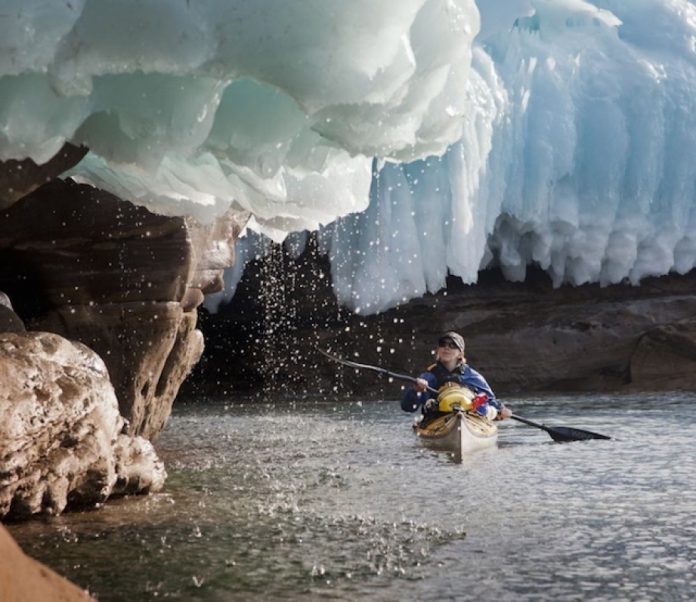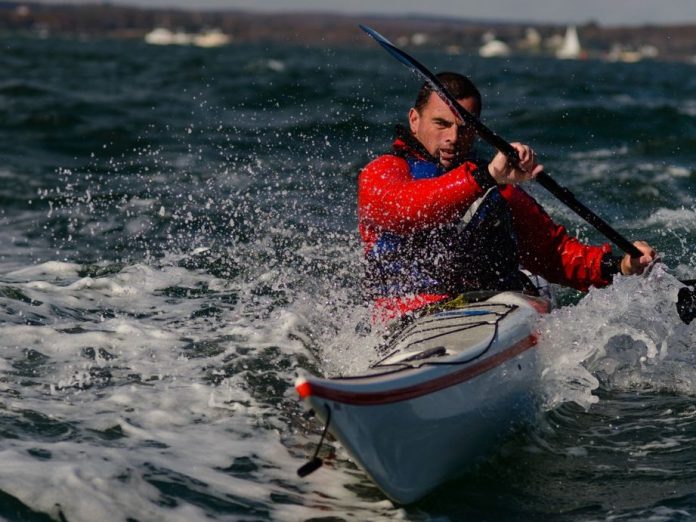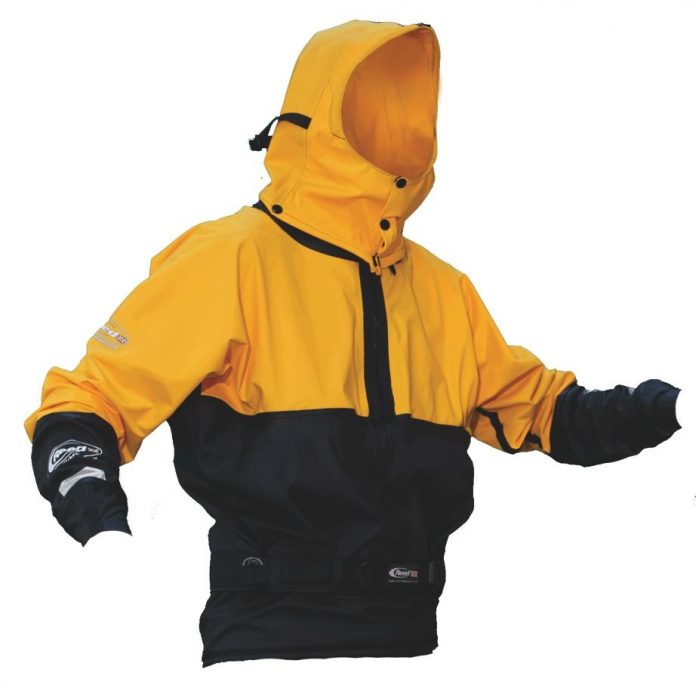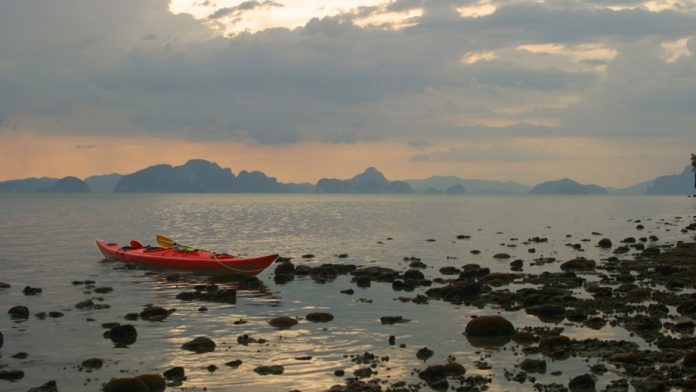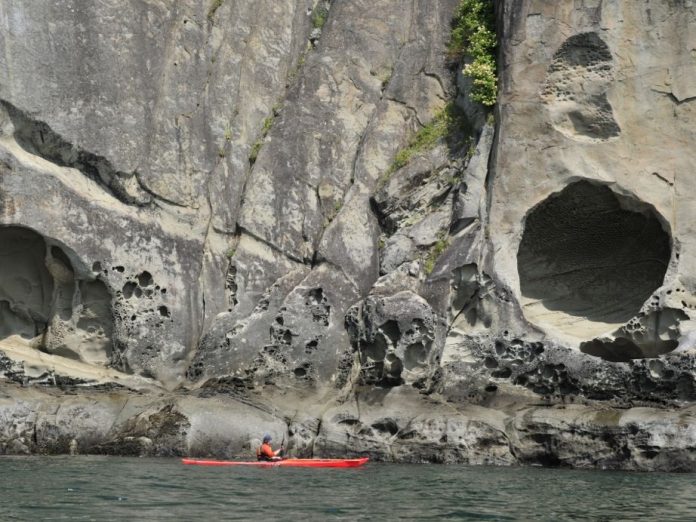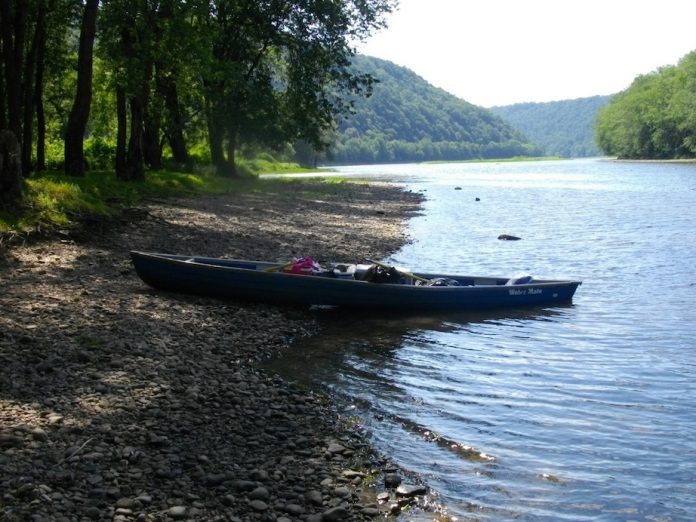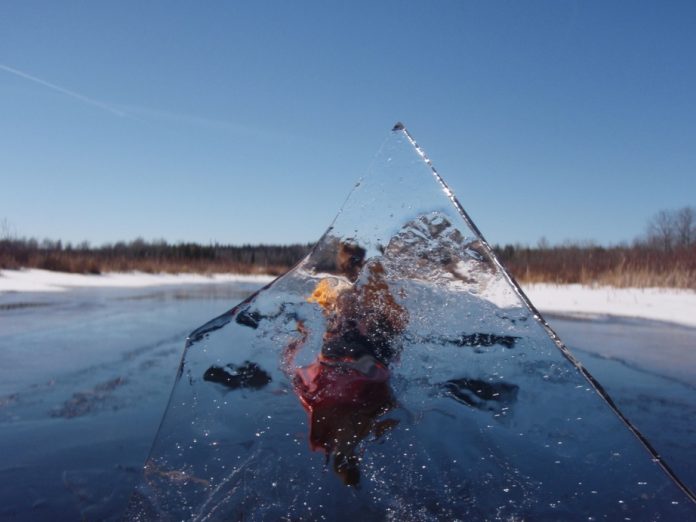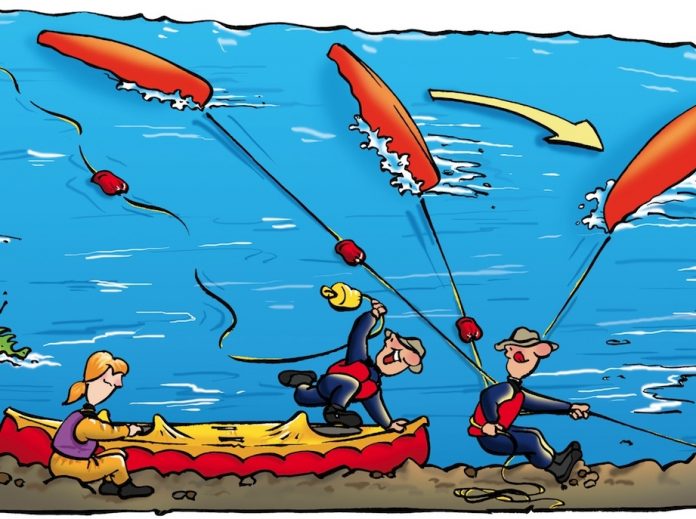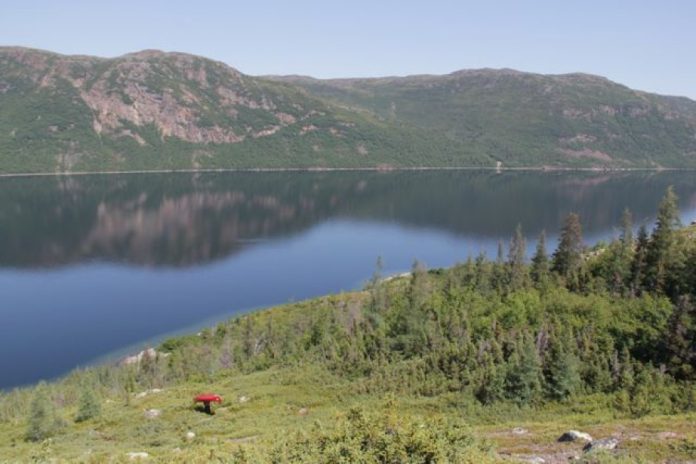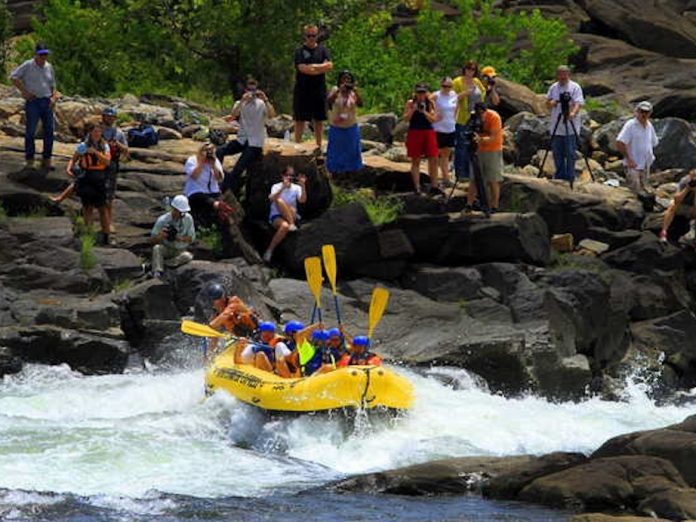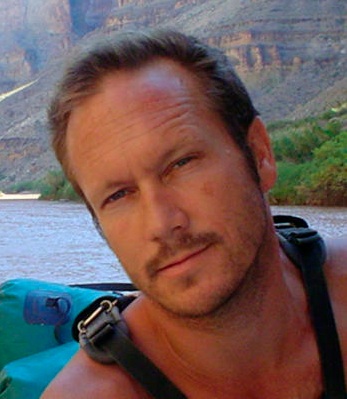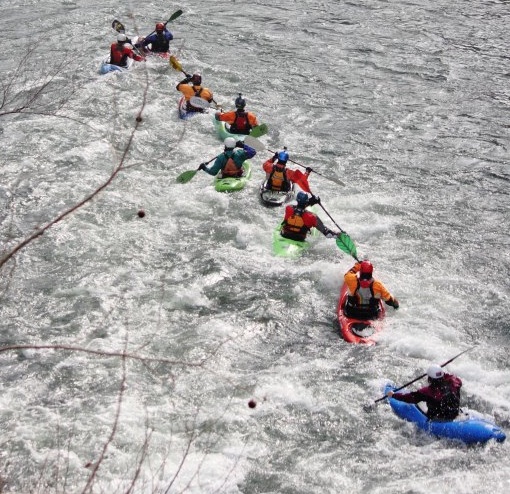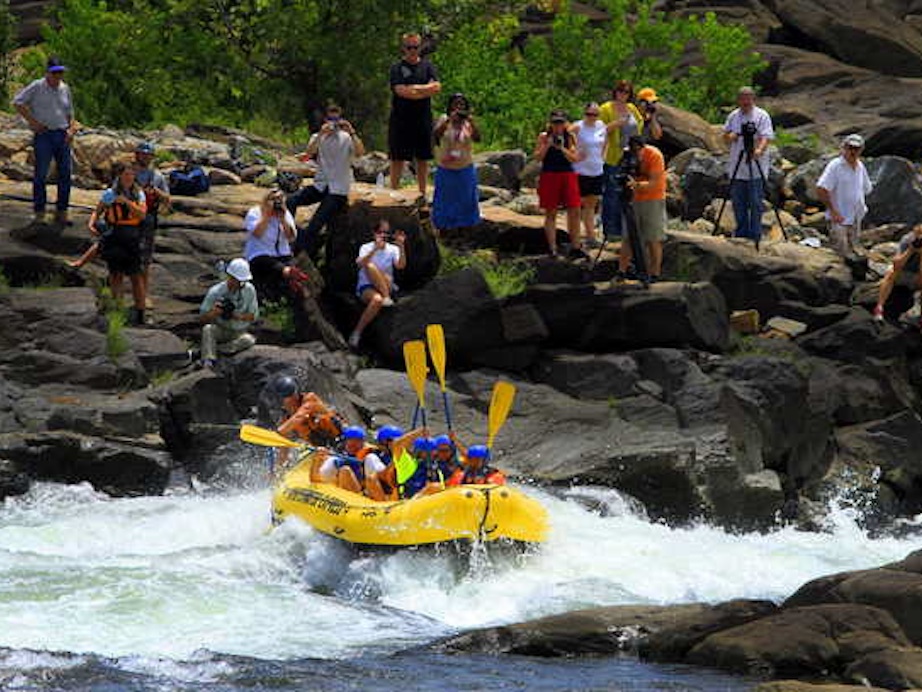A paddling buddy once told me that kids are like orcas—beautiful in pictures and best admired from a distance, hard to care for and most likely fatal if you get too close. I used to think this was funny—but now I know better.
My wife and I are standing on a frozen beach that winter has wiped as clean as a baby’s bottom. We have a date with each other, the first one in months, but more importantly, we have a date with the water—the first time we’ve paddled together since our oldest child was born four years ago.
I watch her dress in layers of polypro and Gore-Tex with latex accents. Bend to pull on—good gawd—knee-high neoprene boots. Gulp. It’s March in the North Country and a heatless spring sun tosses its rays across the near freezing water, but right now she’s looking hotter than the Bahamas.
What you need to know is that we fell in love on the water one star-crossed and kayak-crazed summer half our lives ago. Paddling is more than what we do, it’s who we are—or more like who we were.
Hoisting the boats hip-high we crunch through rotten, knee-deep drifts down to the water’s edge. In the distance I hear a county plow truck scraping along the highway, but on the water all is still. Our cores are like jelly donuts and the boats seem unsteady. I’m flapping wildly with little to show for it, like a baby bird falling from a nest. I’ve paddled a bit since the kids arrived but it was always in a fog of guilt thick as stink on neoprene.
A few miles go by and now we’re falling into our old rhythm, matching strokes and talking easily. The beach fades behind us. We talk with hope about the upcoming summer. We will hire more babysitters. We will guilt-trip the grandparents. There will be more paddling.
We’re getting out to the point now. It’s a northwest-facing stab of sandstone cliff that gathers ice like crumbs in a car seat. Our bright boats are swallowed whole in the hushed kiss of brash ice whispering an endless parable of change. It’s a tale of winter’s dwindling youth and the lake’s growing wisdom. In the back of a sea cave, meltwater plip-plops a lecture on glaciers and patience. I close my eyes and see birthday cakes, a used tandem, salt-and-pepper eyebrows and laugh lines. The water is electric cold but I dip my hands to the cuffs and hold them there as long as I can.
On the paddle back we’re trying to figure out how four years passed so quickly. We decide child rearing can be like hypothermia—it’s no big deal at first, you’re just a little cold and wet but then that becomes normal and numb and by the time you need to do something about it you can’t. You can’t rely on your friends to help because, let’s face it, they’re already goners. You just glubglubglub down into the orca-filled waters of minivans and soccer practices, dance recitals and dental appointments.
We pull off the water at dusk, drive into town and get a good meal and a better room. Today we shook off the chill of a four-year bout with hypothermia and paddled like it was the first time. But tonight we’re not taking any chances: I’ll be dressed for immersion.
Aaron Peterson is a well-adjusted full-time writer, photographer and toddler wrangler.
This article originally appeared in Adventure Kayak, Spring 2013. Download our free iPad/iPhone/iPod Touch App or Android App or read it here.



